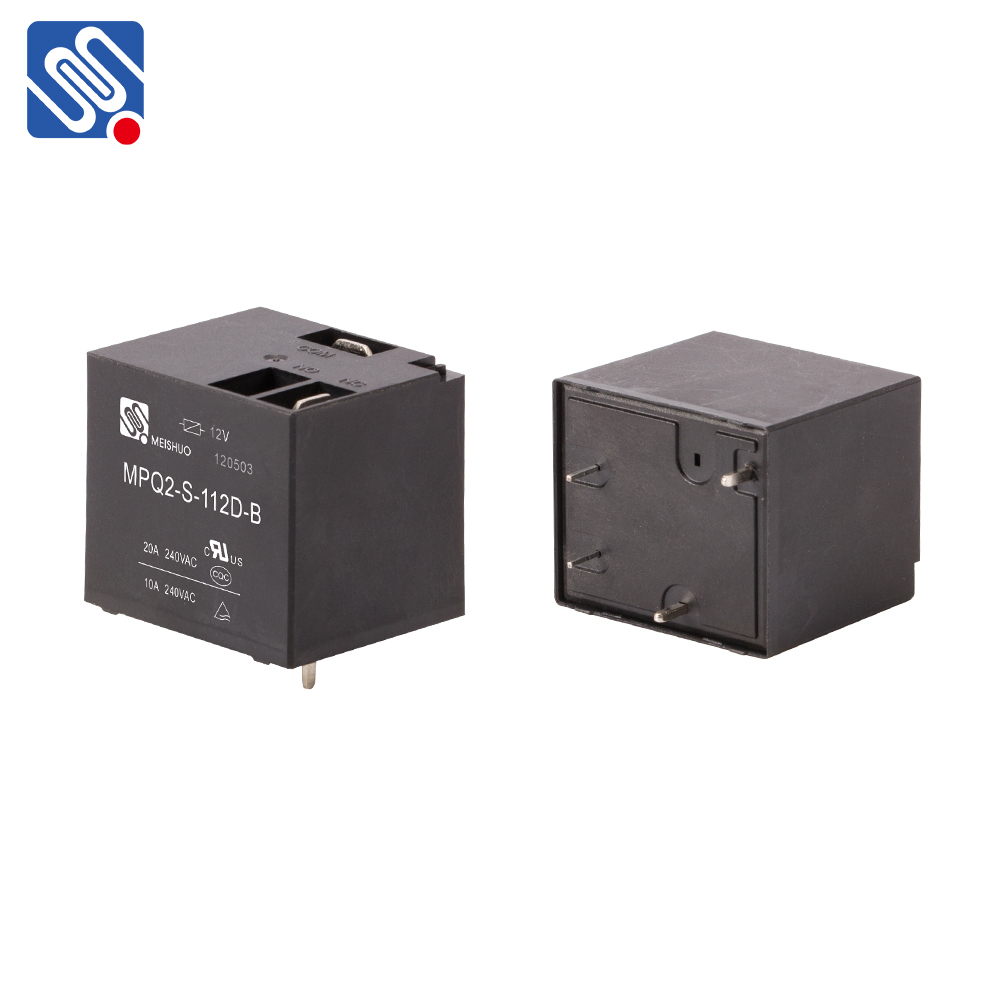understanding the 12v 30a relay: key features and applications
Release time:2025-08-15 21:59:54
A 12V 30A relay is a critical component used in various electrical and electronic systems for controlling high-power devices through a low-power control signal. The combination of a 12V operating voltage and a 30A current capacity makes this relay ideal for automotive, industrial, and household applications. In this article, we will explore the key features, working principles, applications, and advantages of the 12V 30A relay.

What is a 12V 30A Relay?
A relay is an electromagnetic switch that allows one circuit to control another. The 12V 30A relay operates at a control voltage of 12V, typically supplied by a DC power source, and is designed to handle up to 30A of current on its contact terminals. This makes it suitable for switching high-current loads, like motors, heating elements, and large electrical appliances, using a low-voltage control signal, which is essential in many systems.
Working Principle of a 12V 30A Relay
The basic operation of a 12V 30A relay involves an electromagnet that, when energized by the 12V control voltage, generates a magnetic field. This field pulls an armature, which in turn causes the relay's contacts to change their state. The relay typically has at least two sets of contacts: Normally Open (NO) and Normally Closed (NC). When the electromagnet is energized, the NO contacts close, allowing current to flow through the connected load. On the other hand, when the electromagnet is de-energized, the NO contacts open, breaking the connection and stopping current flow.

